Health-tech trends
Like most major conferences in the last year, the Consumer Electronics Show (CES) went virtual in 2021 – which prompted changes both welcome and unwelcome.
The all-digital format clearly allowed for more flexibility in schedules. But some attendees still missed the physical aspect of stumbling upon new digital health devices in person.
“One thing I missed? The serendipity,” said Wunderman Thompson Health chief growth officer William Martino. “I missed the fun of being physically at CES and walking around the convention center floors with interest.”
At the same time, CMI Media SVP of growth and innovation Mark Pappas characterized the wide array of products, devices and therapies shown virtually this year as “mind-blowing.” He added that while CES has long showcased a wide variety of electronics, the show’s 2021 iteration was especially health-focused, highlighting a “burgeoning health-tech center, where things like wearables are going to have a direct impact.”
Much of this can be attributed to the pandemic and the increased interest in personal health it has sparked, Pappas added. Here are five trends that emerged over the course of the show’s four days.
Telehealth
During the pandemic, there’s been a huge spike in telemedicine usage and adoption. The conversation is now less about whether it’s workable than about reimbursement, payment and outcomes, Martino said. Conference panelists honed in on the question of sustaining this growth beyond the pandemic, particularly when it comes to deciding whether patients should be paying the same amount for telehealth sessions as they do for in-person visits.
“Is a telemedicine visit equivalent in quality to a face-to-face visit?” Martino explained. “Do we reimburse it the same? The discussion about telemedicine was less about the tech and more about the money.”
Health at home
Similarly, the notion of “health at home” pervaded many CES sessions, given the myriad pandemic-era limitations around travel. “What the pandemic has taught us is that the old model of care – that we only get care in healthcare facilities – is gone,” Martino said. “Our homes have become our doctors’ offices, our spas and our workplaces. It’s a redistribution of healthcare from very few channels to many more.”
That’s why the slate of health-at-home products unveiled at CES prompted so much interest. CVS, for example, debuted a new suite of products and motion sensors that can identify when an individual has fallen in her home or requires emergency care.
There’s also a new focus on building out homes to augment virtual doctor visits. Another CES unveiling, the Philips Healthcare’s BioIntelliSence BioSticker, remotely monitors vital signs normally taken in a doctor’s office – respiratory rate, heart rate and cough frequency, among others. It can thus potentially facilitate telehealth sessions.
COVID-inspired products
What would a health-themed conference be in 2021 without a nod to the continued battle against COVID? Devices like smart masks and sanitation robots were abundant at CES, highlighting the shifts in behavior – from how we touch surfaces to how we breathe in public – that will likely endure beyond the pandemic.
LG showcased its PuriCare Wearable Air Purifier, a smart mask with filters that aims to prevent users from inhaling viruses and bacteria. But some of the masks were decked out for pure fun, with gaming device company Razer developing a smart mask made of see-through plastic. It includes speakers to amplify the user’s voice and even has colorful lights.
Pappas pointed to the “tons of sanitation robots” on virtual display. “Basically, they go into classrooms and office buildings with these giant UV lights and sanitize the room.”
Predictive analytics
There was also a reflective vibe at CES, with healthcare companies looking back on how the pandemic unfolded and attempting to discern whether future pandemics might be preventable.
One company that stood out was Kinsa, which makes connected thermometers and gathers health data from its millions of users to help identify areas at risk of COVID-19 outbreak.
“They’re able to process temperature over millions of people. If they can connect those temperature scans by incidence of disease, we might be able to predict disease outbreak and movement before these things happen,” Martino explained. “This idea of having a clear focus for data and analytics was really powerful, and I think we’ll see much more happening in the future in that space.”
Digital therapeutics
And what would a health event be without some prominent mention of beyond-the-pill devices and approaches? One of the products that caught Pappas’ eye was Mojo Vision, a smart contact lens that provides information for people who are visually impaired. The lens can, for example, summon Google Maps or provide magnification when needed.
Then there was EndeavorRx, an Akili Interactive video game already FDA-approved to treat children with ADHD, and a Cove headset that creates vibrations behind the ears to trigger the brain to regulate anxiety.
These and other new products herald a “willingness for people to use and adopt and see clinical value in a digital therapeutic,” Martino said. “We can demonstrate a real clinical benefit as part of the overall treatment plan.”
This, he added, will continue healthcare’s push toward better digital solutions. “It points to a shift in dynamic that’s moving away from pure drugs alone and pure promotion of those drugs,” Martino continued. “You look at pharma companies in particular, where all the resources go toward molecule discovery, I think that same level of investment and research needs to go into non-molecular value, services and tools so that the care is much more holistic.”
The post 5 health-tech trends from this year’s CES appeared first on MM&M – Medical Marketing and Media.










